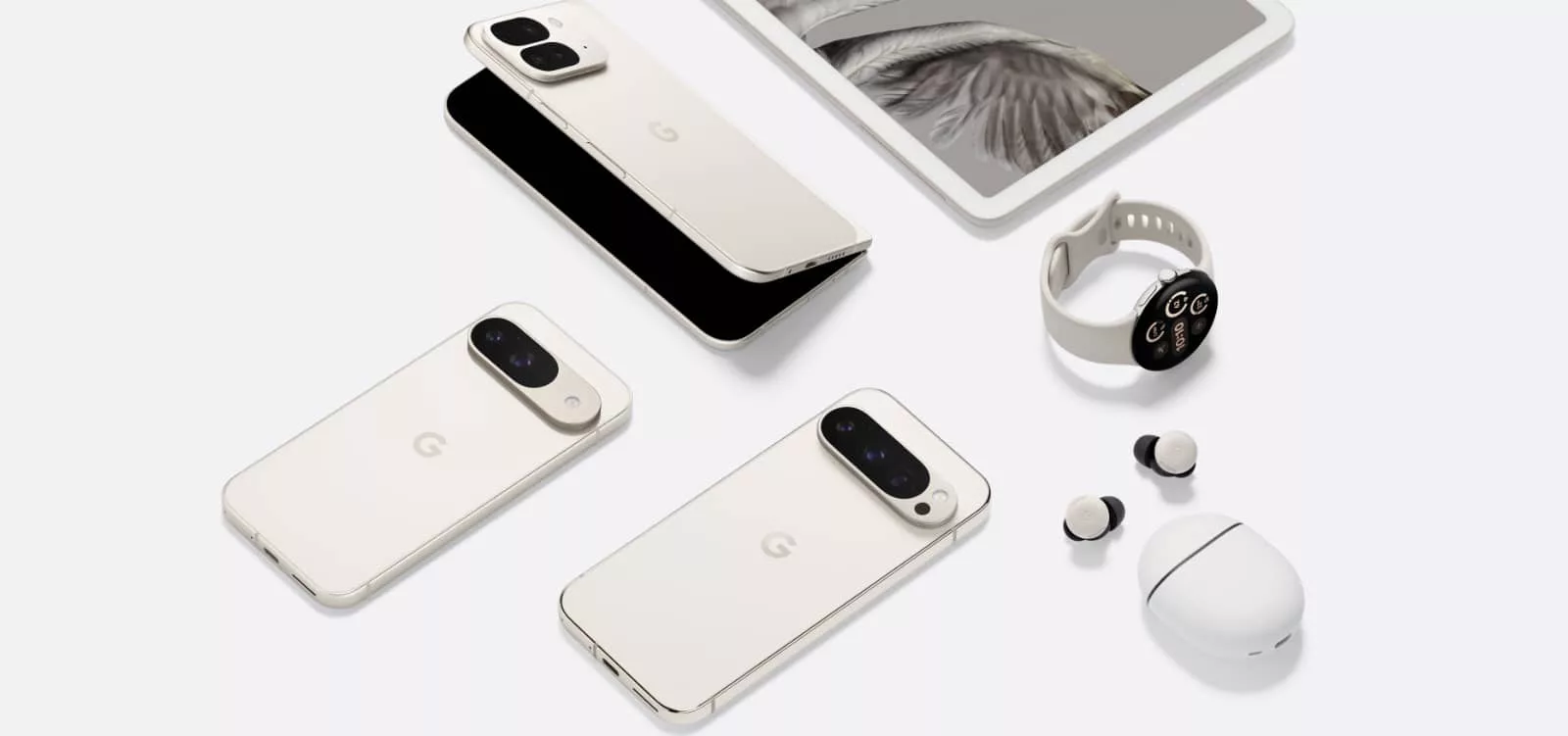If the Pixel is the phone you fancy, this year’s Pixel 9 entrants come in four flavours with AI aplenty and camera improvements, too.
We’re past the halfway mark of the year and clearly into the final stretch, and if you’re a phone tragic like we are, you know what that means: the year’s last set of phones are on the way.
Samsung has shown its hand with new Galaxy Fold and Flip foldable phones, and next is Google with the slightly early Pixel series coming in just before the iPhone 16 expected in September.
This week, we’re seeing just what the big G has in store for the world, and there aren’t just two Pixels, but rather four.
As expected, the new range forms the Pixel 9 range, and there’s a little more than one Pixel 9 and a Pixel 9 XL, the way it would have been in prior years. This year, you’ll find a regular-sized Pixel 9 and two models as part of the Pixel 9 Pro range, delivering a regular-sized handset and something a bit bigger, as well as a Pixel 9 Pro Fold.
Each model is a little different, but shares similarities, with the main point being the chip they share: Google’s latest, the Tensor G4.
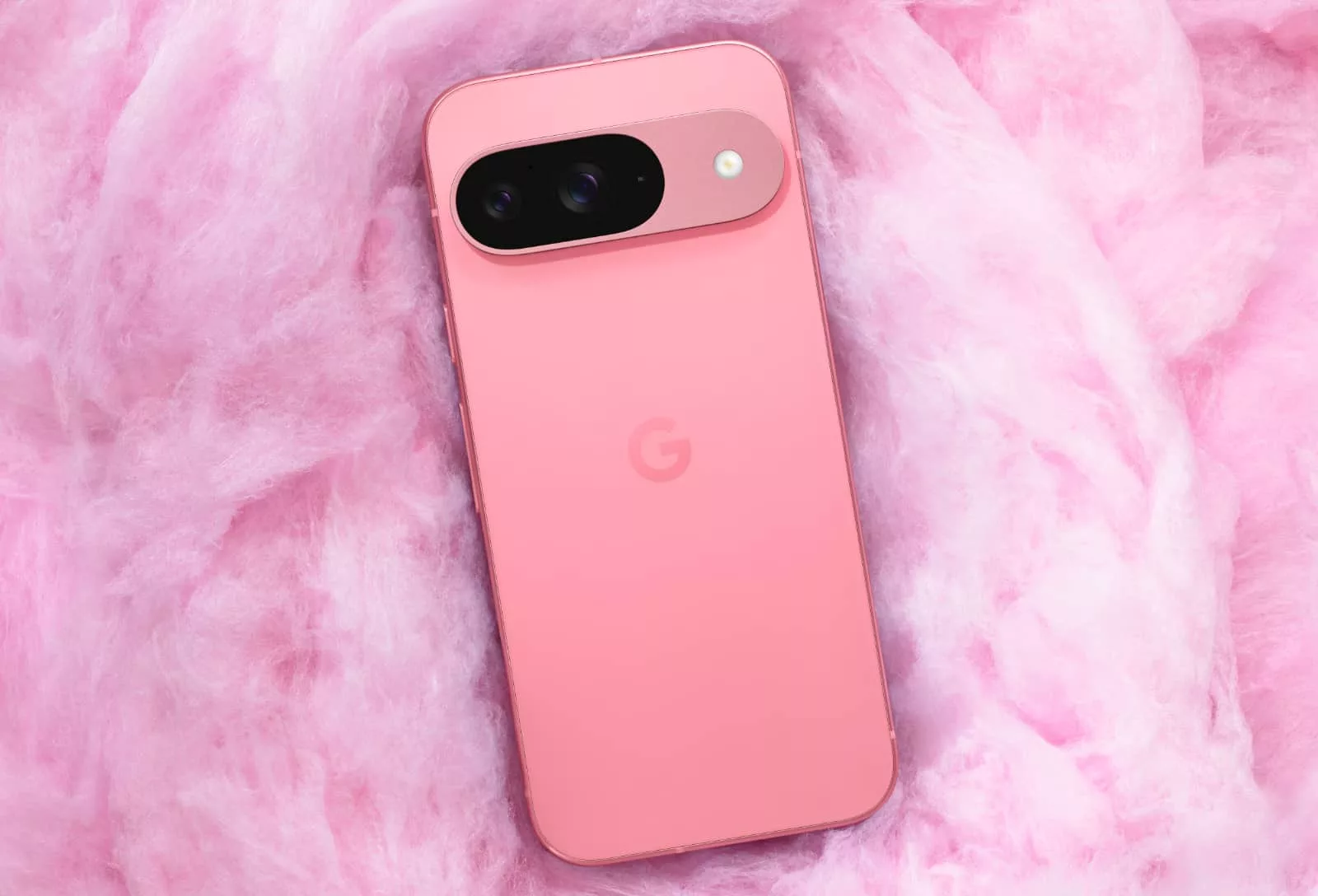
A new chip made for AI
Custom developed with Google’s Deep Mind Team, Tensor G4 supports more from Google’s AI, including the ability to understand imagery, audio, speech, and text, all in an effort to understand what you put in front of it. Google’s Gemini Nano will be a part of how this works, and you’ll even be able to converse with the AI using Gemini Live, a sort of free-flowing artificial intelligence of sorts.
In terms of what the AI can do, across the Pixel 9 range, it will essentially be able to peek into your app and phone experience, looking at calendar entries, todo lists, and apps that have been opened up to work with Google’s Gemini.
AI has been a part of the feature set of Google’s Pixel phones, but that’s typically mainly in image editing. With the Pixel 9 range, Google is essentially promising AI in more places, and with more features in your phone.
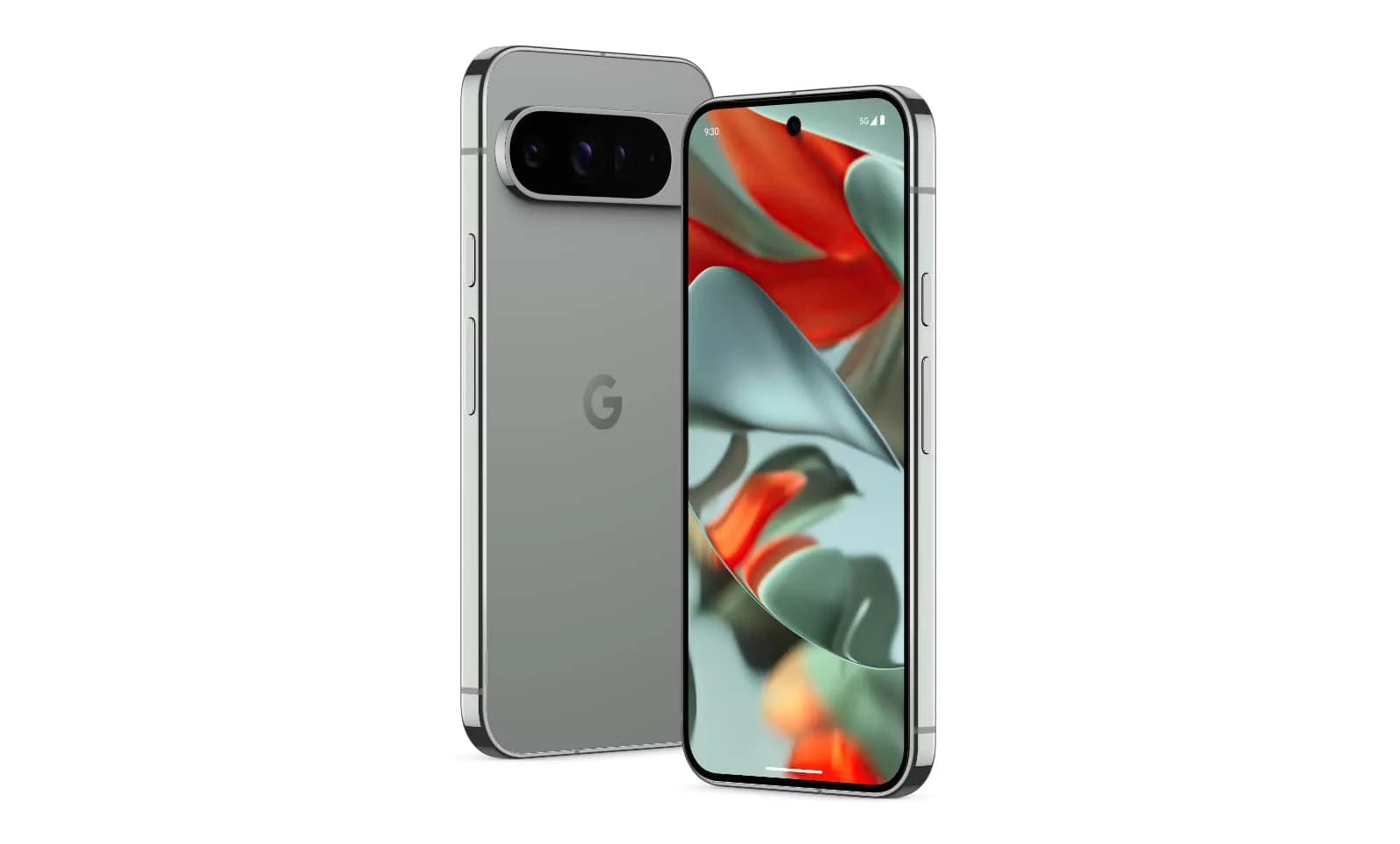
However, artificial intelligence is just one part of the foursome’s common feature sets. There are improvements to the design, boasting what the company says is a more durable design, thanks in part to a combination of materials and improvements to the construction.
Better construction, better cameras
Across the Pixel 9 range, there’s Corning’s Gorilla Glass Victus 2 glass on the front and back, with a metal frame and IP68 water resistance.
The cameras also share similarities, with the Pixel 9, 9 Pro, and 9 Pro XL all offering a 50 megapixel F1.68 wide camera and newly developed 48 megapixel F1.7 camera complete with macro support alongside. These sit in a new camera bar that comes out of the back in an ovular design, differing from the shelf of the previous models.
The Pro models are where things differ. Not so much with the camera design, but rather the cameras themselves, as the 9 Pro and 9 Pro XL both provide an extra 48 megapixel camera with 5X optical zoom and a digital “super res zoom” of 30X, provided you don’t mind the software to do some of the enhancing.
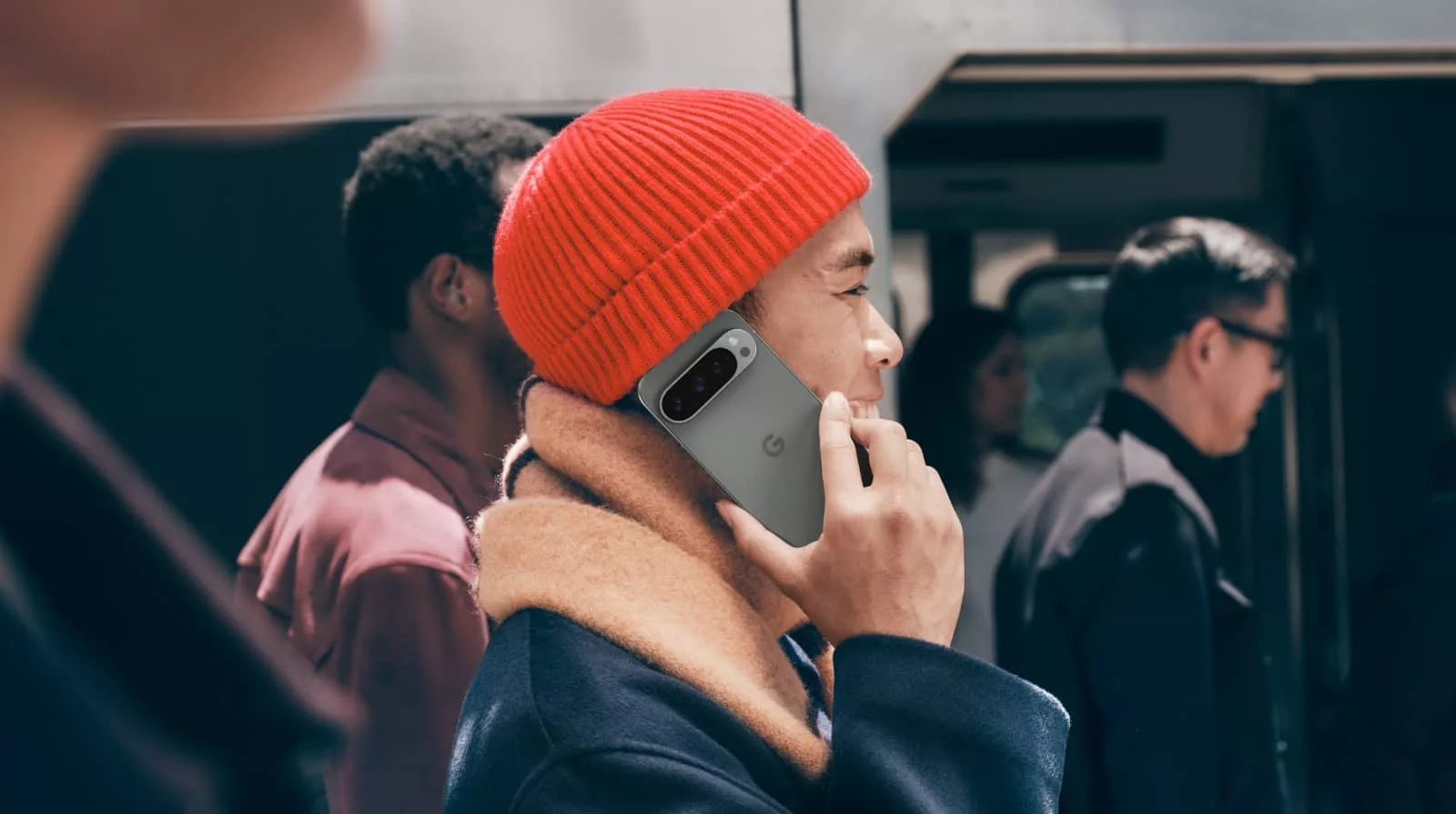
These Pro models will also get a better form of autofocus — multi-zone laser as opposed to single-zone on the Pixel 9 — as well as an upgrade on the selfie camera: 10.5 megapixels on the Pixel 9 versus 42 megapixels on the 9 Pro and 9 Pro XL.
Regular sized phones and bigger ones, too
They’ll also deliver the phone in two sizes. While the Pixel 9 comes in just a 6.3 inch OLED model (with a smooth display of 60 to 120Hz), the Pixel 9 Pro offers the pro feature set with a 6.3 inch LTPO OLED with 1 to 120Hz. Meanwhile the Pixel 9 Pro XL is a 6.8 inch LTPO OLED with a 1 to 120Hz screen.
In short, regular-sized and big, with the battery changing between the models, as well: the 6.3 inch Pixel 9 and Pixel 9 Pro offers a 4700mAh battery, while the larger Pixel 9 Pro XL provides a 5060mAh battery. More life and a bigger screen, as is the case with bigger phones in general.
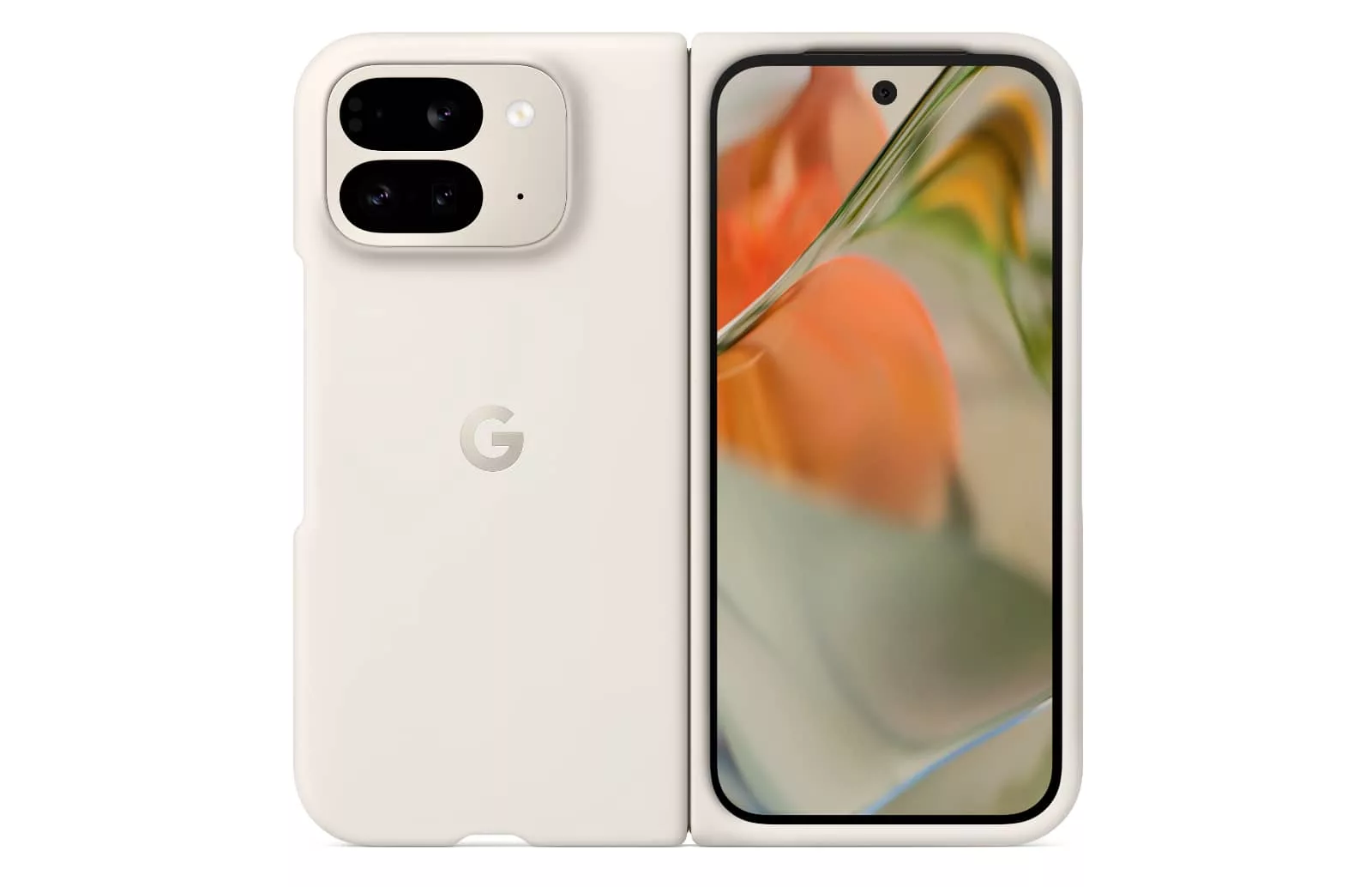
Then there’s the Pixel 9 Pro Fold, which will see a 6.3 inch screen on the outside not unlike what’s on the Pixel 9, while the inside sees a foldable 8 inch display running a refresh rate of 1 to 120Hz. Inside is the Tensor G4 chip just like the Pixel 9 models, but the cameras are different again: there’s a 48 megapixel F1.7 wide camera, 10.5 megapixel F2.2 ultra-wide, and 10.8 megapixel 5X camera. It’s not quite the same, but it will come in a 8 inch foldable tablet phone.
There’s clearly a lot to process here about the several models, but the crux is this: a regular 6.3 inch Pixel 9, a more impressive Pixel 9 Pro in 6.3 and 6.8 inches, and a foldable Pixel 9 with a different set of cameras and an 8 inch screen.
Australian pricing and hands-on
In Australia, those prices will vary from $1349 all the way up to $2899 depending on the model, with the Pixel 9 offered at the beginning for $1349 and $1499 for 128GB and 256GB options, while the Pixel 9 Pro Fold sits at the end of $2699 and $2899 for 256GB and 512GB options.
Meanwhile, the Pixel 9 Pro starts at $1699 for 128GB, with 256GB costing $1849 and 512GB for $2049, while the Pixel 9 Pro XL will cost $1849 for 128GB, $1999 for 256GB, $2199 for 512GB, and $2549 for a 1TB Pixel 9 Pro XL.
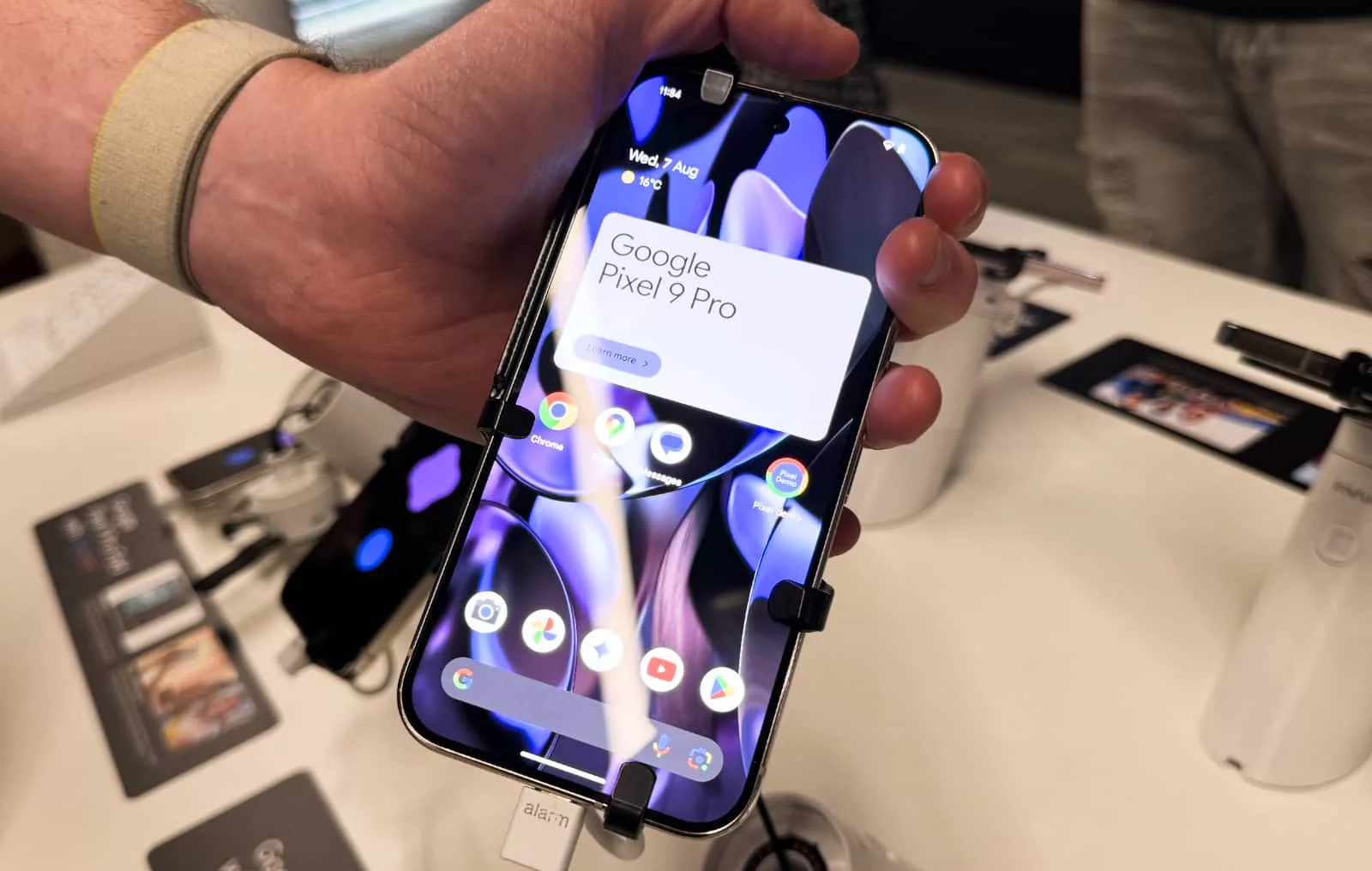
Playing with all four models at a brief hands-on, the phones feel polished, sturdy, and very well-built, with slightly firmer design changes that provide a flatter and sleeker look overall.
The Pixel 9 models we played with deliver that durable design Google talks about, and the screens stand out, too.
While the models we played with were tied down with security hardware, the look is otherwise clear and simple, showing a screen on one side and middle extrusion for the camera, which stands out as being unique compared to other phones.
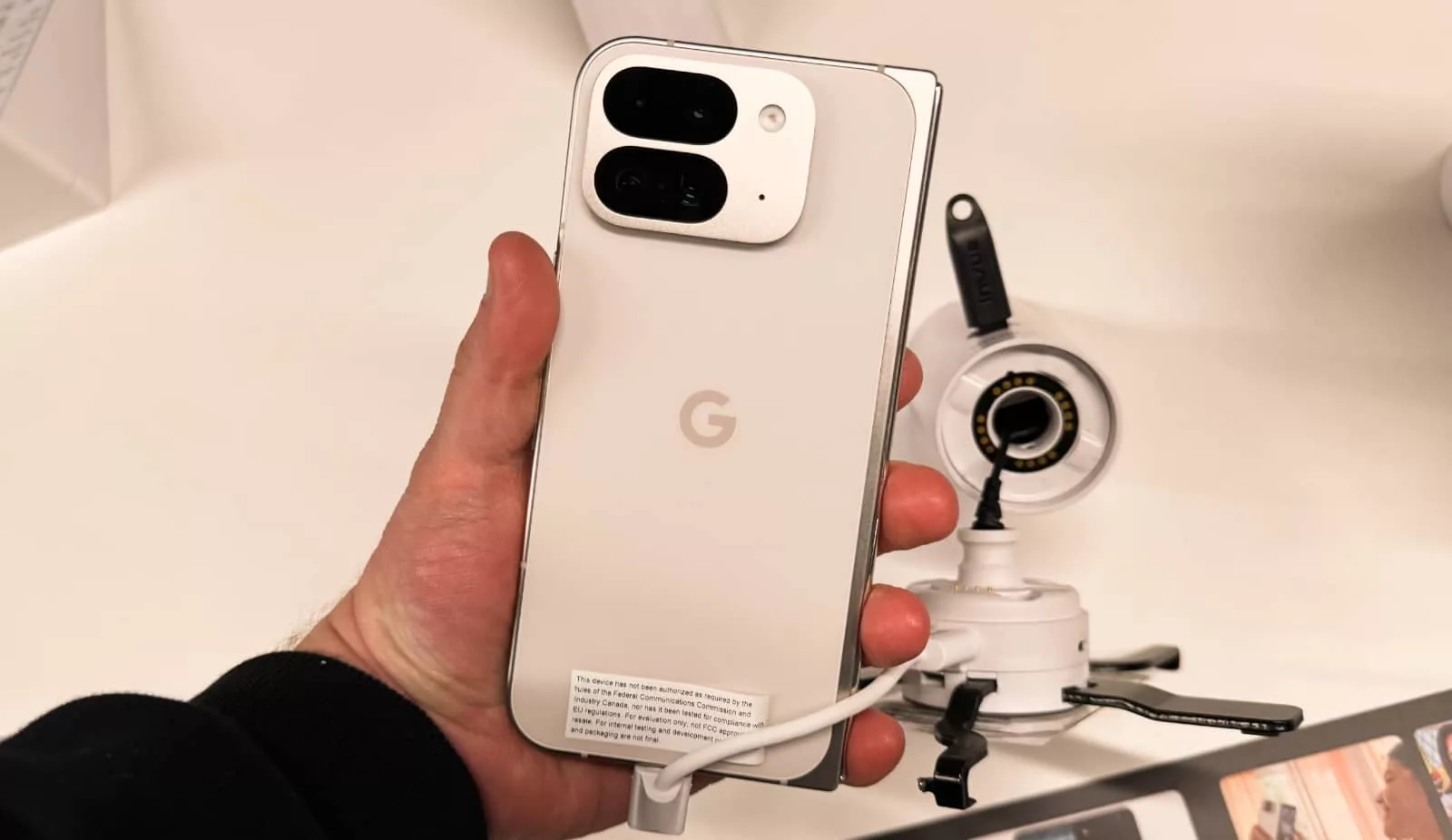
Perhaps the most surprising aspect is that all four models are launching with Android 14, as Android 15 doesn’t appear to be final yet. Typically, Google’s Pixel phones have launched with a new Android operating system, but not this time.
That will come later, it seems, and with the promise of more updates, as Google keeps its seven years of operating system updates from last year as part of the ongoing support for these new models.
Availability for the range starts from August 22, with the Pixel 9, 9 Pro, and 9 Pro XL arriving first, while the Pixel 9 Pro Fold will land a little over a week later from September 2.


